常用雷射材料
雷射資源指南第8.9部份。
瞭解最常用的雷射光學材料,有助於輕鬆導覽愛特蒙特光學各式各樣的 雷射光學元件。 以下表 1 列出雷射光學元件常用的基材及其關鍵屬性,以及各項材料的穿透曲線。 表 1 的所有數值均在1064nm 及 20° C 條件下,而所有穿透曲線顯示 5mm 厚基材的內部穿透(無菲涅耳反射)。穿透資料係使用愛特蒙特光學分光光度計採集。
| 材料 | 穿透範圍 (nm) | 折射指數 (n) | 阿貝數 (v) | 群組速度色散 (fs2/mm) | dn/dT (10-6/K) |
熱膨脹係數 (10-6/K) | 相對價格 |
|
CaF21 |
200nm - 7μm |
1.429 |
95.1 |
17.280 |
-10.6 |
8.85 |
$$$ |
| 紫外線級熔融石英 (HPFS® 7980)2 | 185nm - 2.1µm | 1.450 | 67.8 | 16.476 | 9.6 | 0.55 | $$ |
| 級熔融石英 (HPFS® 7980)2 | 185nm - 2.1µm, T ≥ 99.9% @ 248nm | 1.450 | 67.8 | 16.476 | 9.6 | 0.55 | $$$ |
| 紅外線級熔融石英 (HPFS® 7979)2 | 300nm - 3.5µm | 1.451 | 67.8 | 16.476 | 9.7 | 0.55 | $$($) |
| N-BK73 | 350 - 2000nm | 1.507 | 64.2 | 22.369 | 3.0 | 7.1 | $ |
| N-SF53 | 330 - 2500nm | 1.651 | 32.3 | 77.779 | 3.4 | 7.9 | $ |
| 藍寶石*4 | 200 - 5500nm | 1.755 | 72.2 | 28.588 | 13.1 | 5.4 | $$$ |
| N-SF113 | 400 - 2500nm | 1.754 | 25.8 | 118.44 | 2.4 | 8.5 | $ |
*藍寶石為雙折射材料,所有規格都平行對應於 C 軸
表 1: 常用雷射光學元件基材及其關鍵屬性,依據折射指數遞增排列(所有數值均在 1064nm 及 20° C 條件下). Materials are listed from smallest refractive index to largest refractive index. The small dollar sign by KrF grade fused silica indicates that it is slightly more expensive than UV grade fused silica. SImilarly, the small dollar sign in parentheses by IR grade fused silica indicates that it is sometimes slightly more expensive than UV grade fused silica, but it is almost never cheaper
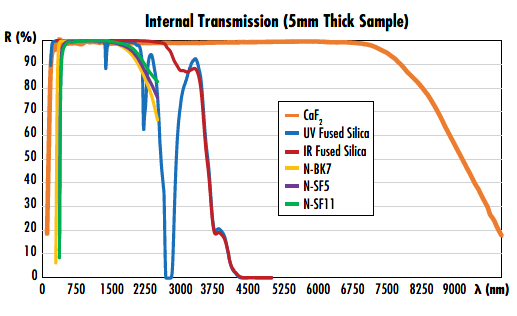
Figure 1: Internal transmission curves for common laser optics materials with no Fresnel reflections
More information on key properties of optical glass types can be found in our Optical Glass application note and information specific to materials for infrared applications can be found in our Correct Material for Infrared Applications application note, although not all of these materials are compatible with laser systems.
參考資料
- I. H. Malitson. “A redetermination of some optical properties of calcium fluoride,” Appl. Opt. 2, 1103-1107 (1963)
- “Corning HPFS® 7979, 7980, 8655 Fused Silica.” Corning, February 2014.
- “Optical Glass Data Sheets.” Schott, February 2014.
- I. H. Malitson. “Refraction and dispersion of synthetic sapphire,” J. Opt. Soc. Am. 52, 1377-1379 (1962)
- Collier, David, and Rod Schuster. “Superpolishing Deep-UV Optics.” Photonics Spectra, February 2005.













 上個章節
上個章節 

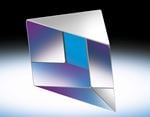


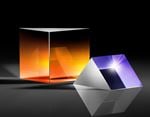
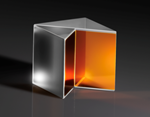
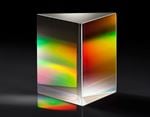
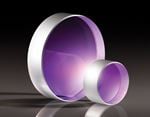
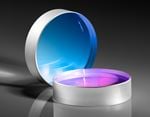
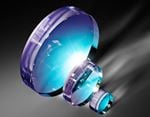
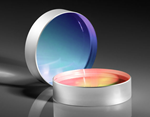
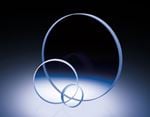
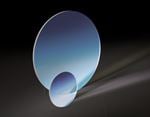
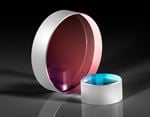
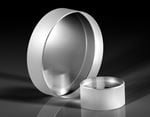
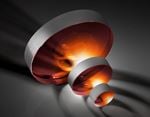
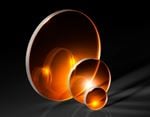
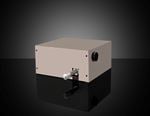
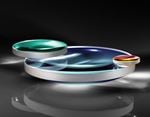
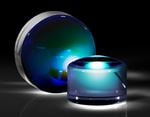
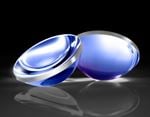
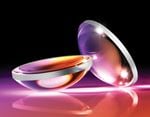
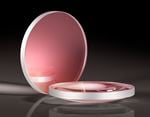
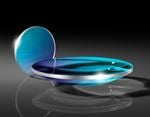
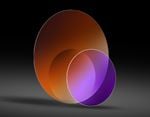
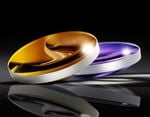
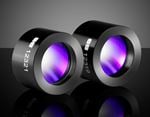
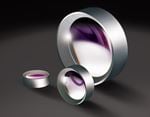
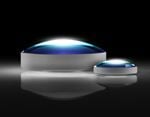
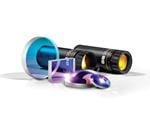
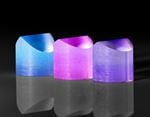
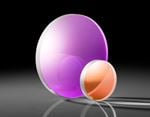
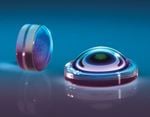
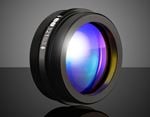

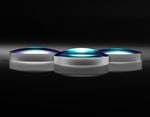
or view regional numbers
QUOTE TOOL
enter stock numbers to begin
Copyright 2023, Edmund Optics Inc., 14F., No.83, Sec. 4, Wenxin Road, Beitun District , Taichung City 406, Taiwan (R.O.C.)
California Consumer Privacy Act (CCPA): Do Not Sell My Information